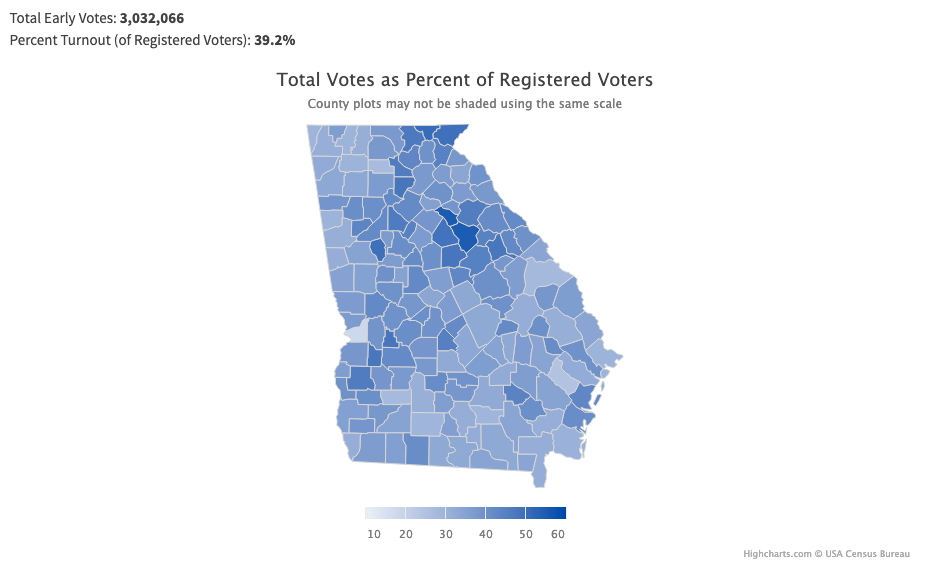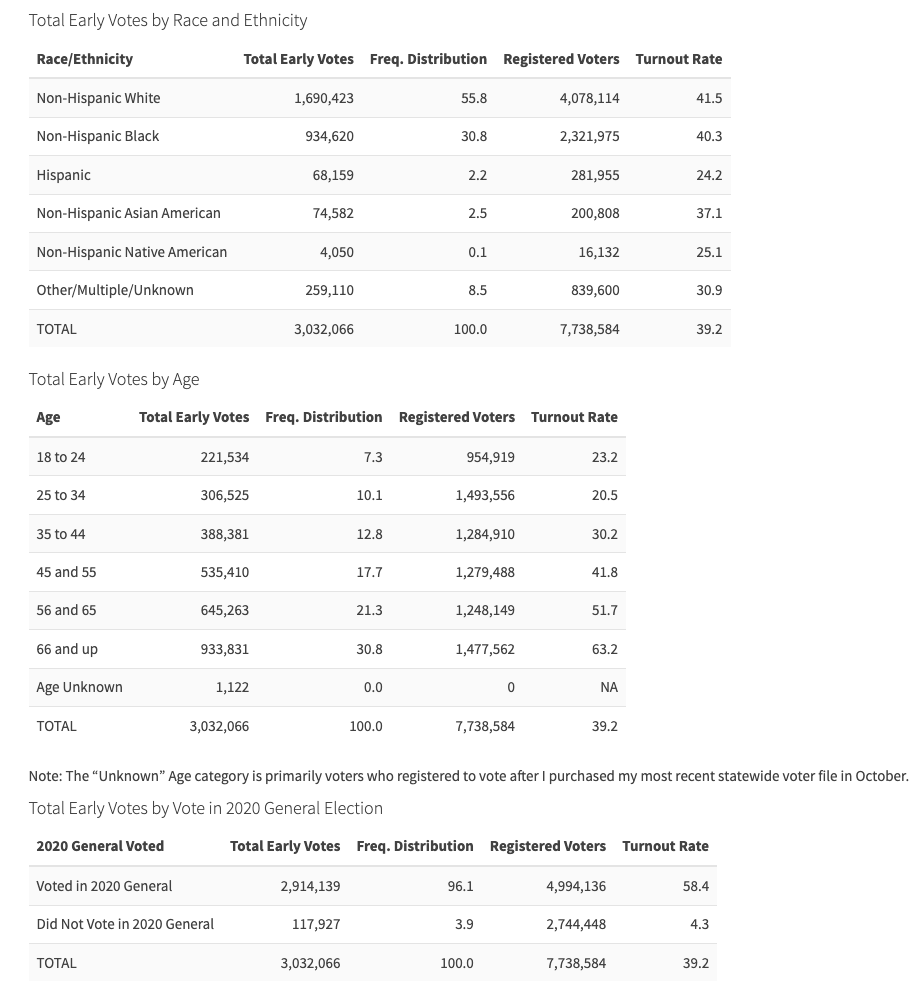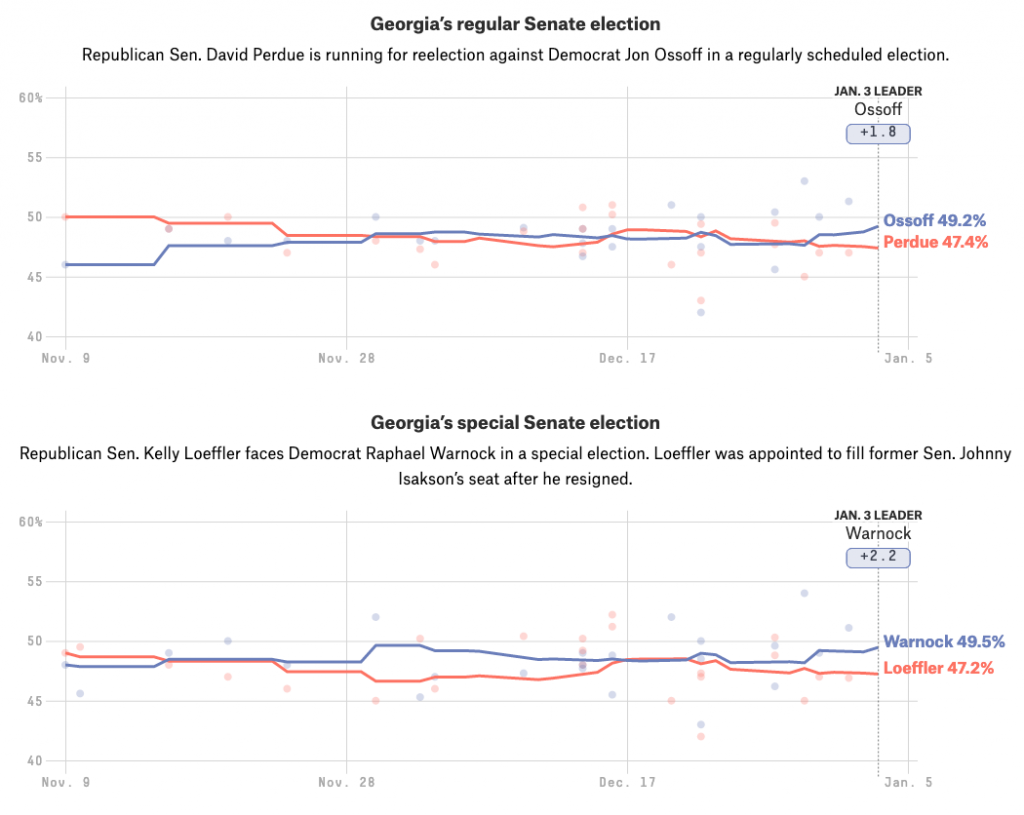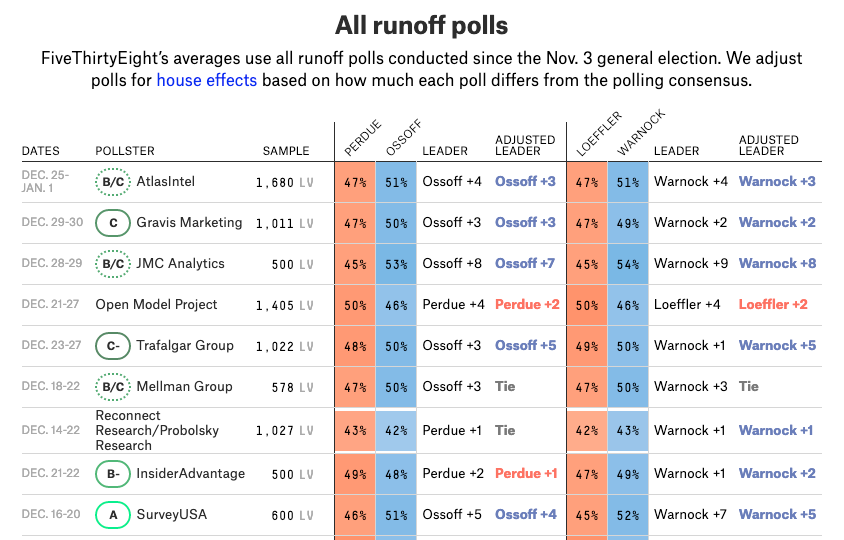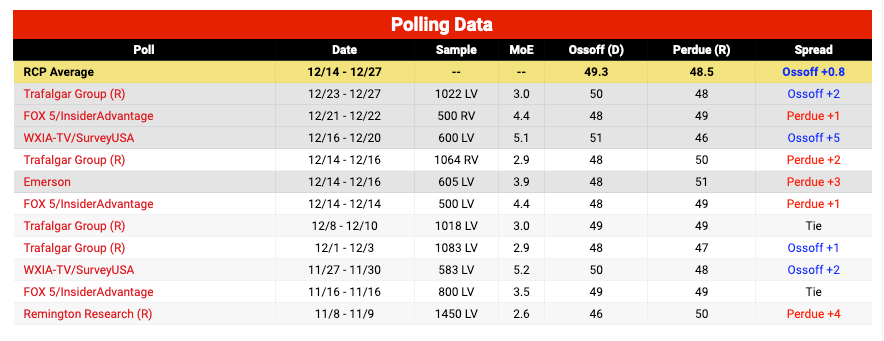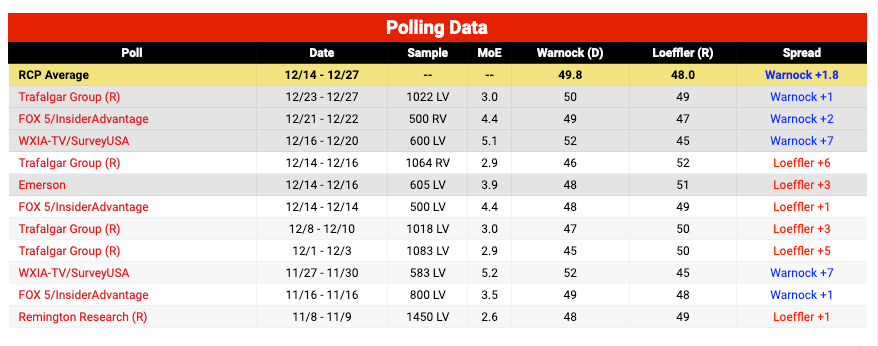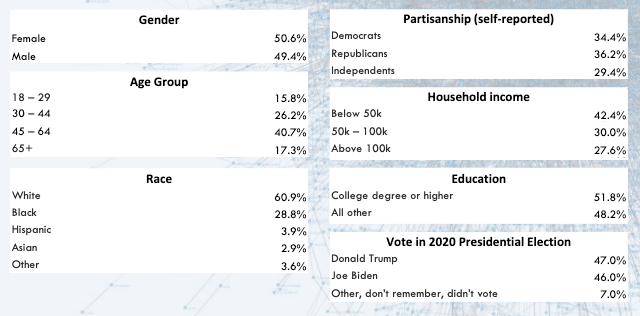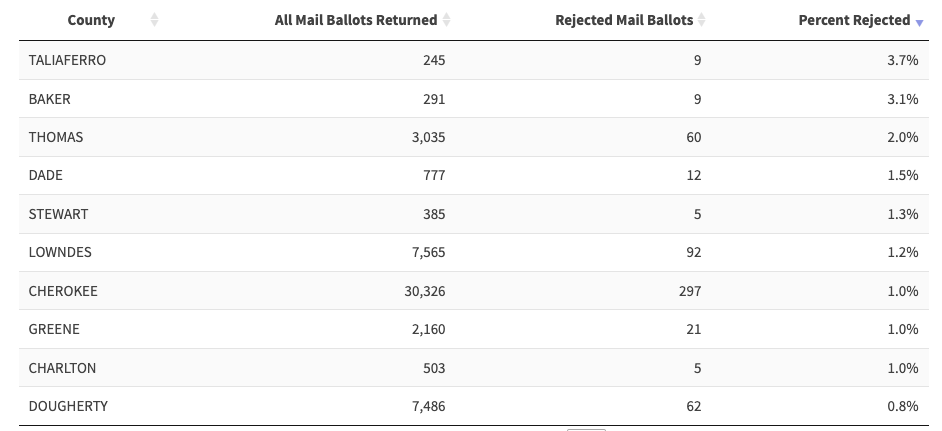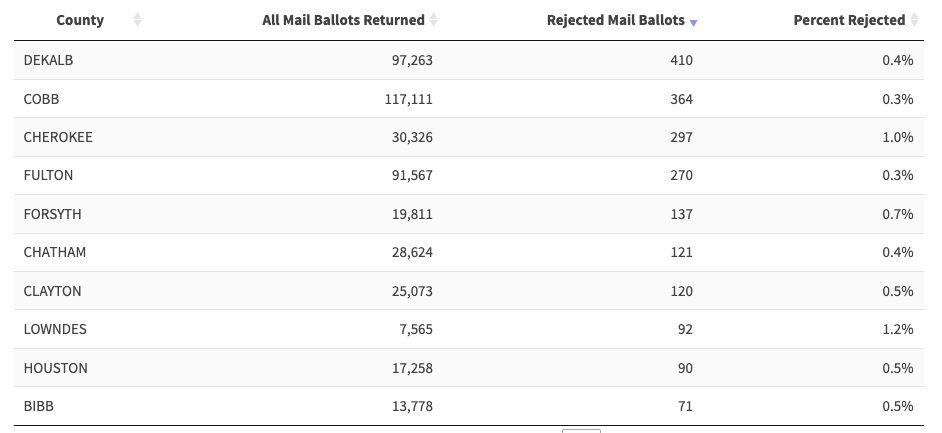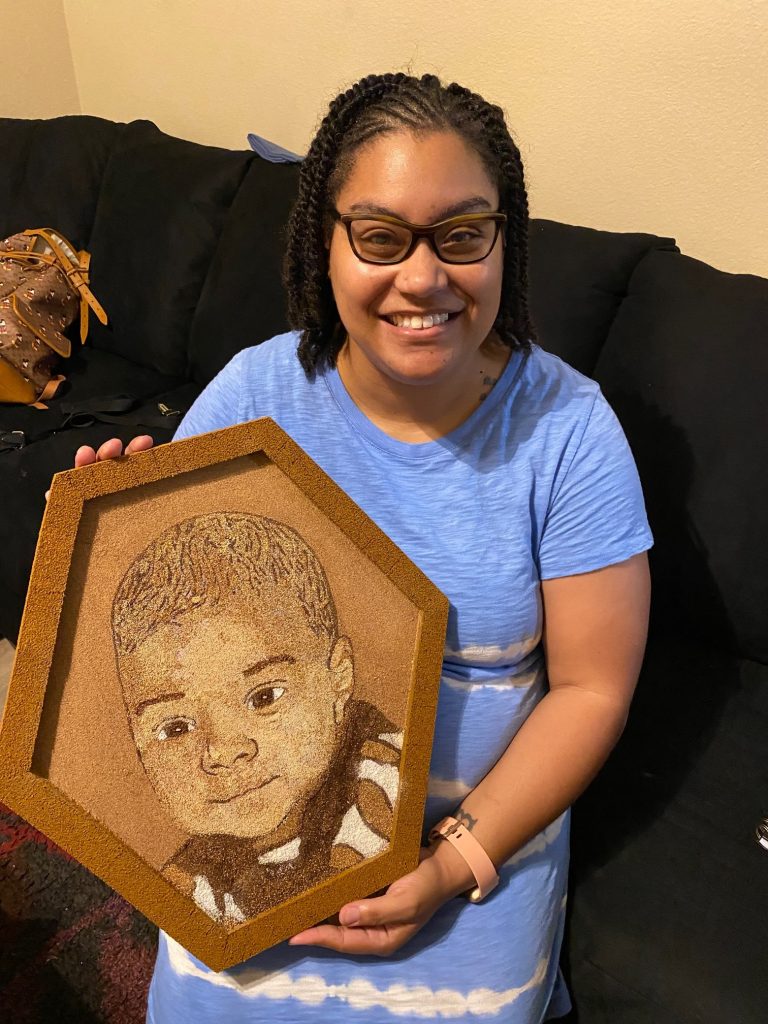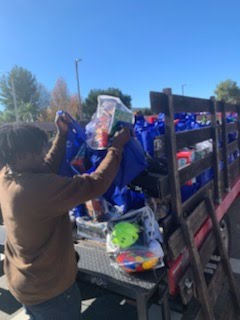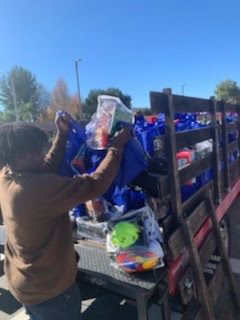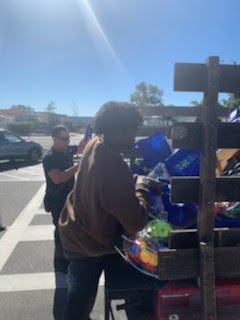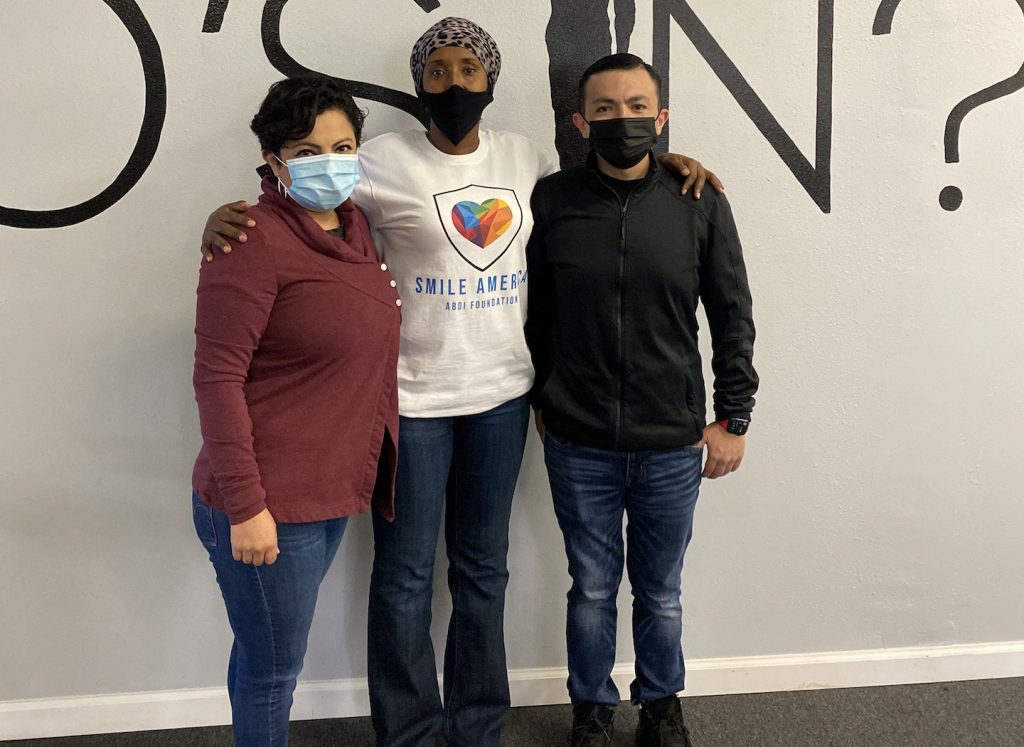Some thoughts on how something that once looked impossible became possible … still, there’s a lot of reasons to remain cautious
By Charles Ellison, b | e Note
January 5th (well, possibly some number of days or weeks after depending on how tight it is) will answer a very critical question for Americans on the current trajectory of our very troubled nation – who will run the federal government: Joe Biden or Mitch McConnell?
The answer will hinge on the convergence of two events: 1) the voting decisions made by more than 7.7 million Georgians who are currently registered to vote in the state of Georgia and 2) how much Republicans will, literally, cheat.
That’s a Lot of Georgians …
First: Stacey Abrams Great Georgia Revenge Tour is definitely a beautiful feat of voter mobilization to watch. She’s done a superb job – to get two Democratic candidates into a tightly contested runoff in a deep Southern politically fried red state like Georgia was once unimaginable … well, for conventional thinkers.
When we say 7.7 million registered Georgians, we’re talking about 72 percent of Georgia’s population of nearly 11 million. So far, more than 3 million have voted. That translates into more than 39 percent turnout … and that’s in the early voting phase … of a runoff Senate race. That’s also about 28 percent of Georgia’s entire population already voting. With so much excitement, high national anxiety, flooded email inboxes and campaign ad bombardment around this state, will the turnout crack records?
Here is the aerial view from the U.S. Election Project …
Here’s a look at how that’s breaking down demographically …
So Far, So Good
Democrats have multiple reasons to feel positive and enthusiastic. For one: they were able to flip the state from red to blue in the presidential race, handing it to President-elect Joe Biden.
They’ve got two fairly well-polished, young and energetic candidates in Jon Osoff and Rev. Ralph Warnock. Grassroots voter mobilization boots on the ground are getting it done. High early voting returns would suggest a Democratic advantage. Younger voters – from GenZ to Millennial – are turning out in big numbers. The whole party is unified behind the candidates. And there have been, so far, about 118,000 new voters who’ve participated in early voting during the run-off who didn’t vote in the 2020 General Election.
Meanwhile, as the Democratic candidates are running perfectly (on the surface, at least) as a team, Republicans are faced with vicious party infighting. Both GOP candidates continue to make the state look bad and backward (at a time when many Southerners are pushing for “New South” themes). One Republican incumbent (David Perdue) is quarantined by COVID while the other Republican incumbent (Kelly Loeffler) is parading around with white Klan terrorists. As all that’s happening, the outgoing leader of the GOP, President Trump, is openly committing violations of both state and federal law by pressuring Georgia’s Secretary of State into committing voter fraud (and since Georgia’s Attorney General is a Republican and the federal Department of Justice is run by more Republicans, no one will prosecute him for this). Both Democratic candidates have raised more than $265 million combined for their Senate races (even though they’re both burning cash fast).
The most recent polling also suggests Osoff and Warnock are doing rather well.
Here is what FiveThirtyEight shows …
And here is the look from RealClearPolitics (which is a little more stingy with the data) …
But … Stay Cautious
While all the fundamentals look good for Democrats, there are still quite a few reasons to remain cautious – and not “cautiously optimistic,” either.
Say all you want about Southern states like Georgia attempting to re-brand themselves into “The New South,” the South, at the moment, is still the South. All the more reason to remain skeptical. There are a lot of questions: will White Georgia voters want a Black (Warnock) and Jewish (Osoff) Senator representing them in Washington? Even though there is high early voting turnout, there’s no way to tell at the moment just how many of those voters are Republicans actually turning out (despite objections from a president they remain loyal to). Will Georgia Republicans turn out stronger on Election Day when heading to the polls? And will Georgia Republicans view this as an opportunity for a protest vote against Biden’s election, to vent their rage at what they wrongfully view as a “stolen” election?
And just because Democrats are outperforming Republicans in the fundraising race doesn’t mean much since Democratic U.S. Senate candidate Jamie Harrison was doing the same thing in neighboring South Carolina against incumbent Lindsey Graham. In fact, he was absolutely obliterating Graham in the fundraising race. Polling showed that race tight, too. Harrison was raising all kinds of loot.
Still, Harrison ending up losing by 10 points.
Some clues on the outcome in Georgia are found in the latest AtlasIntel poll
GOP registration slightly outnumbers Democratic registration, which means a lot will depend on self-reporting Independents (Osoff and Warnock won 51 percent and 37 percent of independent voters, respectively, in the general election). Nearly 61 percent of the electorate is White while 30 percent is Black, which means Democrats need to cobble together a solid coalition of Black, White, Latino and Asian voters.
Here are the breakdowns for the Purdue vs. Osoff match-up …
And here are the breakdowns for the Loeffler vs. Warnock match-up …
The White electorate isn’t budging much, and there are large numbers of Latinos (along with 10+ percentage points of Black voters) saying they’re voting for the GOP candidate. One other thing others might dismiss, but we shouldn’t: Black voters account for 28 percent of the Georgia electorate even while they’re 33 percent of the overall state’s population (that’s a 5 percent difference); the White Georgia electorate matches its statewide population proportion of 60 percent. So, in a sense, Black voters in Georgia are still punching below their potential electoral weight in terms of size.
A slightly good thing, for Democrats, is that there is a very small, barely noticeable number of undecideds. So, every registered voter about to vote is locked into their decision, according to this poll. Still, fewer White voters went for Perdue in 2020 (69 percent) than they did in 2014 (74 percent). Yet, there is that pending question from the Loeffler vs. Warnock general election match-up: while Loeffler won 42 percent of White voters compared to the other GOP candidate Rep. Doug Collins at 28 percent, where will those White voters go? Theoretically, that’s 70 percent of White voters going to Loeffler.
Republicans Are Cheaters
Lastly: modern Republicans don’t appear to know anything about legal, democratic elections. While a genocidal pandemic rages on, killing nearly half-a-million Americans thus far (with the long term public health consequences not fully grasped), they are still uniformly obsessed with overturning an election in which the legitimate winner won by a nearly 8 million vote margin.
Republican cheating and racist voter suppression techniques are par for the course in Georgia. The sting of being cheated out of a statewide election by the current Governor is what’s driving Abrams. That Biden even won Georgia by such a slim margin probably means he really won by such a convincing number of ballots that Republican cheating methods could not overcome it. Republicans everywhere cheat in elections – but, in Georgia, they’ve transformed it into a dark and sinister art form.
Forty percent of Georgia’s 10 most populous counties had dramatically closed the number of early polling locations before the runoff. Most of those counties hold the highest concentrations of Black voters. That was expected. An 11th-hour attempt to purge voter rolls in two Georgia counties was thwarted by a federal judge just days before New Year’s Day. Voting rights advocates were already battling the purges of more than 200,000 Georgia voters by the current Secretary of State.
And while lots of folks on and off social media want to induct current Georgia Secretary of State Brad Raffensperger into the Justice League as he’s smoking Trump on Twitter and refusing to engage in criminal voter fraud acts on a recorded phone call, watch the mail ballot rejection rates in Georgia’s early voting returns very carefully.
Here are the Georgia counties with mail ballot rejection rates above 1 percent
Two of these counties are majority Black and all, with the exception of one, hold Black populations of more than 30 percent. In terms of total numbers of ballots rejected thus far, we’re seeing a similar pattern in counties with large Black populations ..
This could lead to issues and challenges resulting in a protracted recount battle way past January 5th.
 Westside Story Newspaper – Online The News of The Empire – Sharing the Quest for Excellence
Westside Story Newspaper – Online The News of The Empire – Sharing the Quest for Excellence
